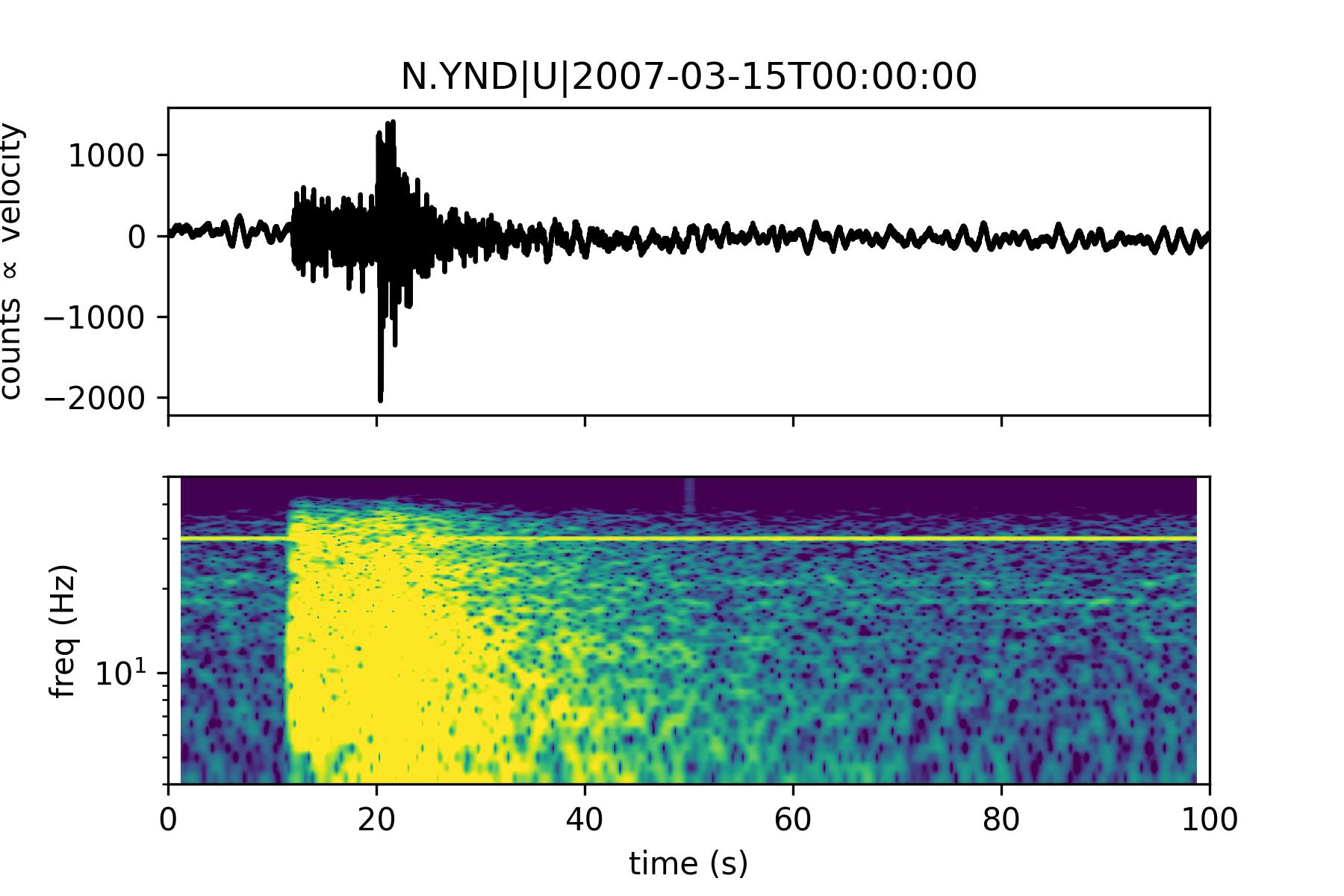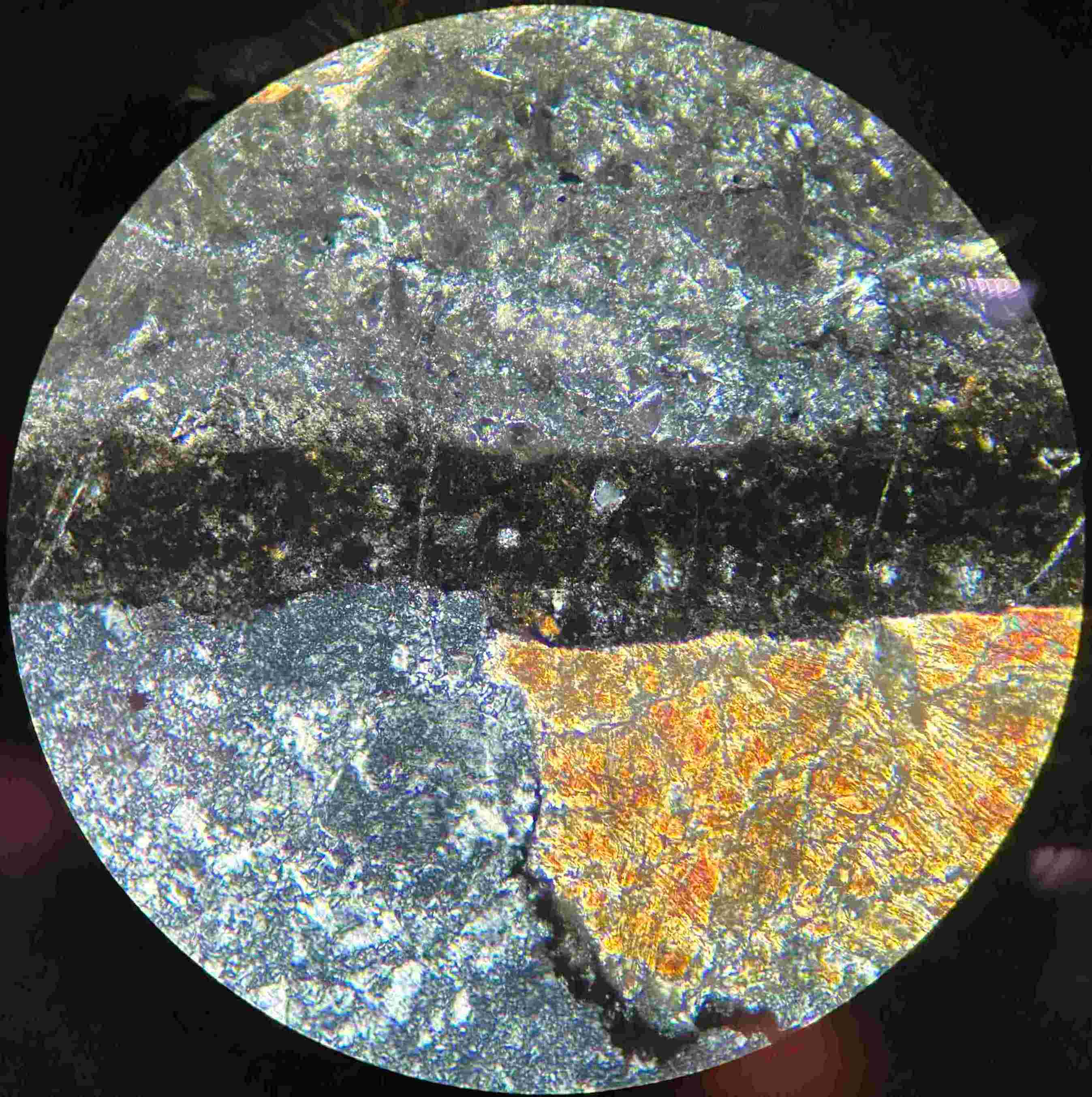ALL THINGS RESEARCH
2) Earthquakes! Rupture and fault mechanics
The reserach blog of Stefan Nielsen

Earthquakes...
The first time I felt an earthquake I was mesmerised. I always think that
this is the way I would feel in a chance encounter with a wild beast like an elephant or a majestic tiger.
Stand in awe of the power of nature, feeling thrilled and terrified all at once.
This fascination has stuck with me throughout the years, in spite of the tediuos mathematical and numerical
chores involved with quantitative earthquake research. But earthquakes of course are not garden-variety
pets for fun. They are the main cause of death by natural disasters, although recently, flash floods are
catching up, those freak weather events triggered by climate change instability. Feeling
helpless in front of these disasters, and yet, the intuition that this may be mitigated (...)
Keep posted
for more EARTHQUAKES! soon to come with ventures in laboratory experiments, finding pseudotachylyte on ancient faults, producing and modelling frictinoal melt, tracking tremor in the Japan trench ...
Dynamic rupture propagation
Nucleation and dynamic propagation of a lab experimental rupture in a sample of a few centimetres. This is filmed with a high-speed camera at more about 100000 frames per second May 2024

...
Last stop: the end of thermal buffer
Frictional heating is a thing. Rotation of these marble samples under high stress and high velocity produces heat faster than it can diffuse or radiate away. Here calcite becomes incandescent, but temperature initially remains in the range 600-750 C because the decomposition, an endothermal process, procures a thermal buffer (carbon carbonate) CaCO3 → CaO CO2 (lime + CO2). However the available calcite is finally consumed, and the lime starts to heat up until it ultimately produces what is known as "limlight" (used for theater and photograph in the past). One can notice the white flash at the end of the video. This requires a very high temperature and is not likely to happen on earthquake faults. The decomposed sample finally collapses on itself. May 2024
Frictional melt lubrication
Rotation of these gabbro samples under high stress and high velocity produces heat faster than it can diffuse or radiate away. Here gabbro melts! If sufficient melt is produced it can act as lubricant and lowers the fault friction. This lab experiment simulates the production of psudotachylyte found on fossil seimsic faults (see below). May 2024
Fault rocks with frictional melt
A small pseudotachylyte in thin section and a massive one in the field (Nothern Italian Alps). Here, too, high slip velocity produces heat an melt. May 2024


...